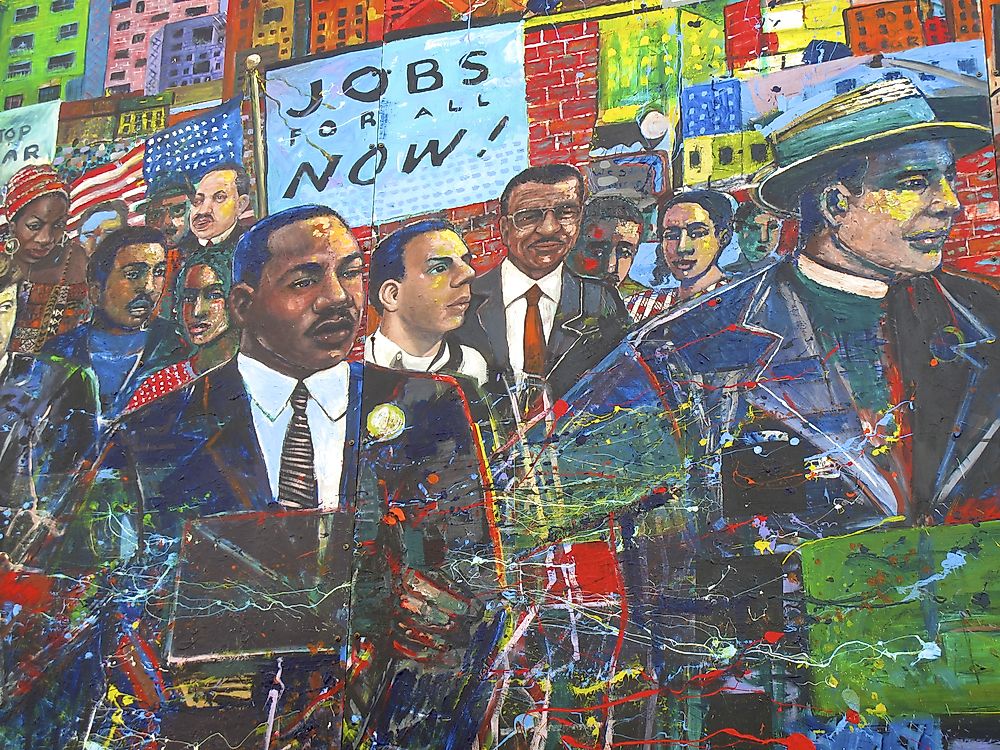When And How Did Segregation End In The US?

In the United States, segregation was the physical separation and provision of separate facilities to citizens’ based on race. It included the unfair treatment of African Americans in relation to obtaining education, sanitation, transport, and employment opportunities. African Americans were viewed as second class citizens, and this was a view that was not taken into practice but was also protected by law.
Civil Rights Movement
The Civil Rights Movement was a struggle for social justice for African Americans in the mid-20th century. Long before the movement began, the northern victory in the American Civil War had abolished the enslavement of African Americans in the 1770s. While the Thirteenth Amendment abolished slavery, the Fourteenth Amendment provided citizenship to African Americans, and the Fifteenth Amendment guaranteed the right to vote.
However, despite these amendments, the marginalization of African Americans continued country-wise, particularly in the South when the Jim Crow laws came into effect. These laws dictated that black Americans could not attend the same schools, use the same public facilities, and live in the same towns as white Americans. Interracial marriages also became illegal.
End of Racial Segregation
For decades, black Americans continued to fight for their freedom. Efforts by civil rights activist led by the likes of Malcolm X, Martin Luther, and Philip Randolph and countless protestors from all races brought about legislation to end segregation. Through their combined efforts the Civil Rights Act was enacted in bits ending racial segregation by granting black Americans the rights to vote, citizenship, housing, and employment rights.
Although legal segregation ended in the US many decades ago, there are still reported instances where black people are suppressed through limited access to well-resourced schools, employment opportunities and unfair treatment by the police.











